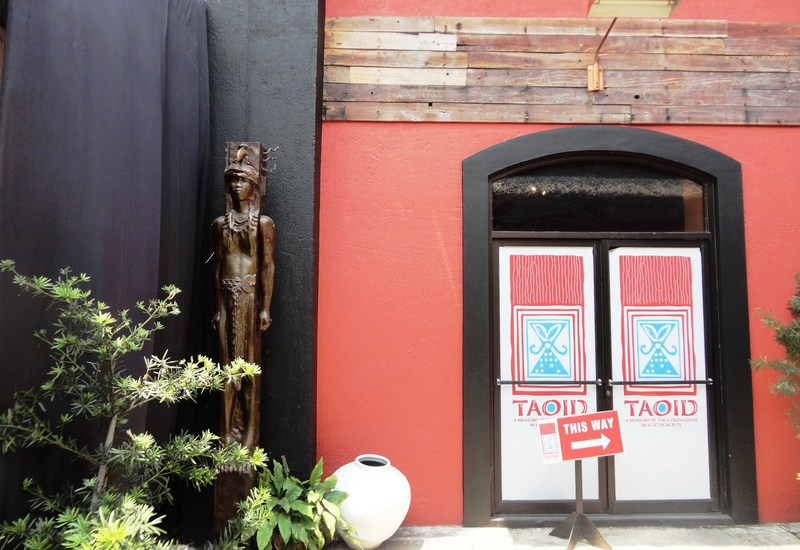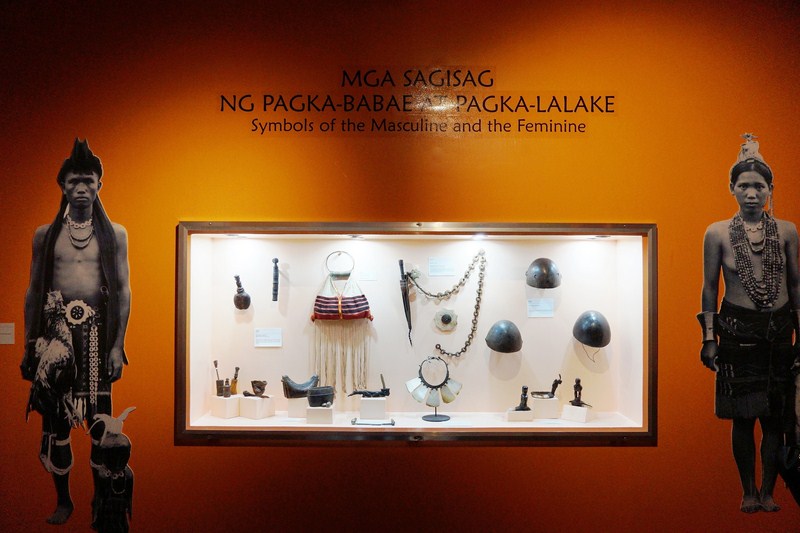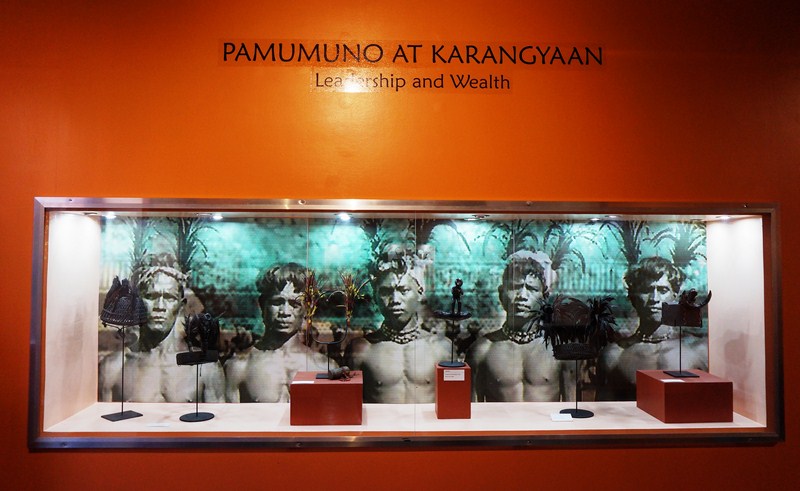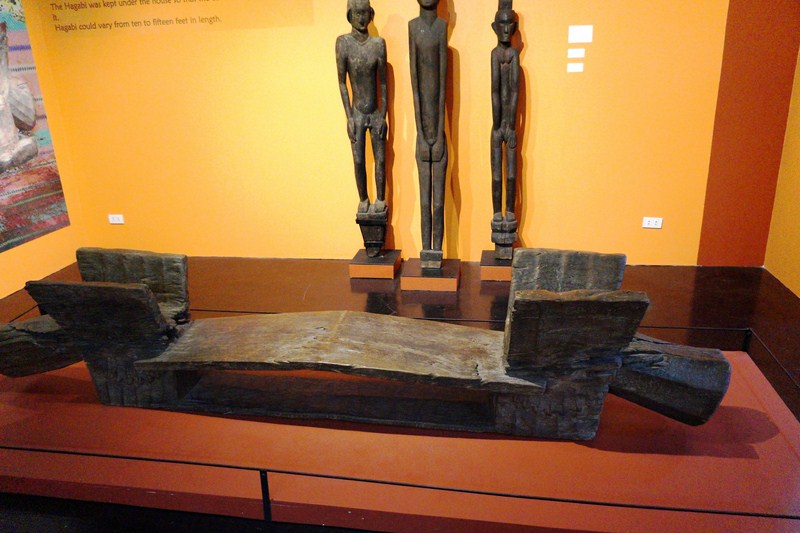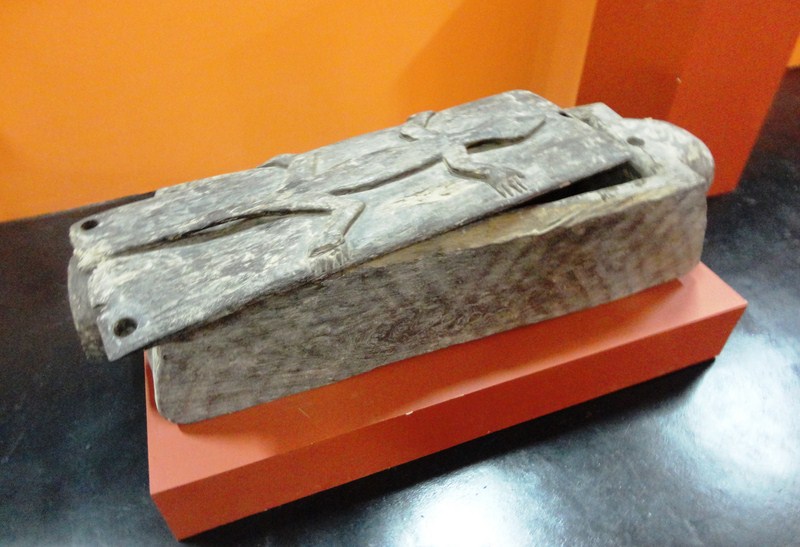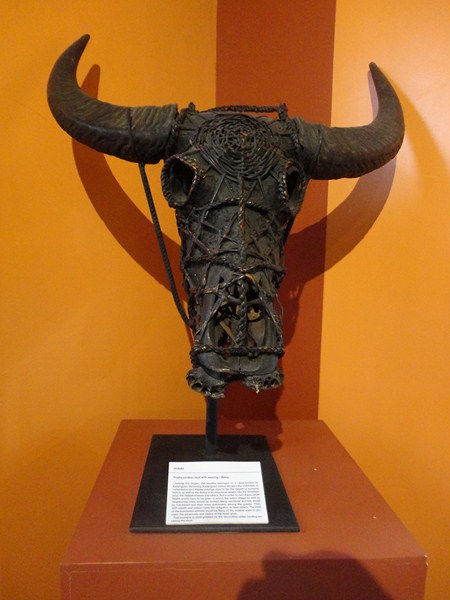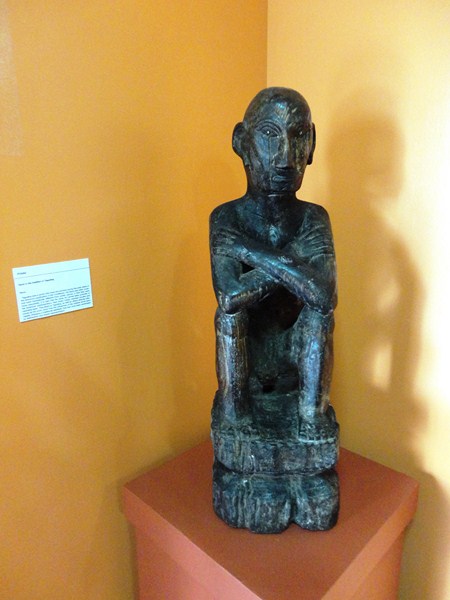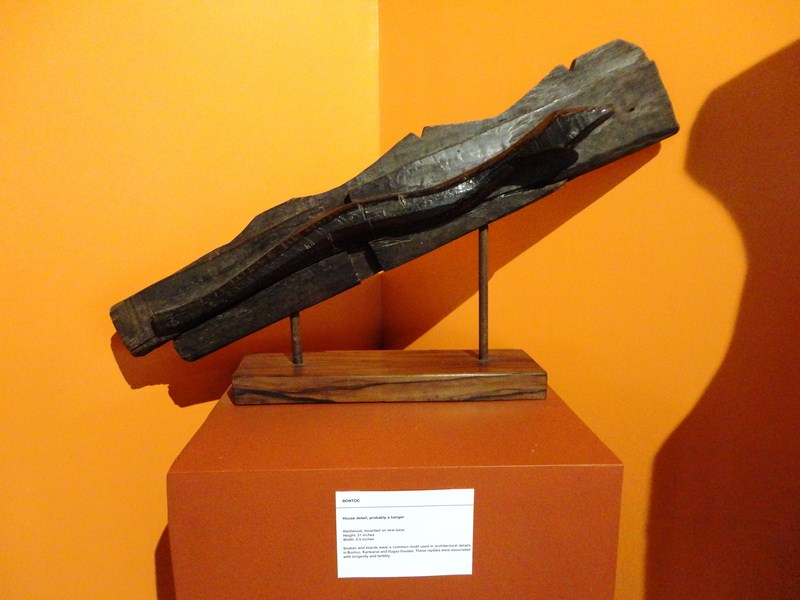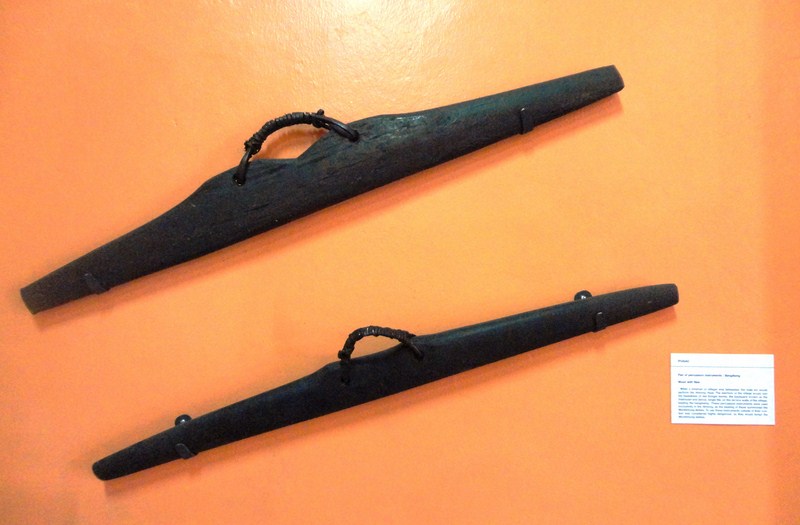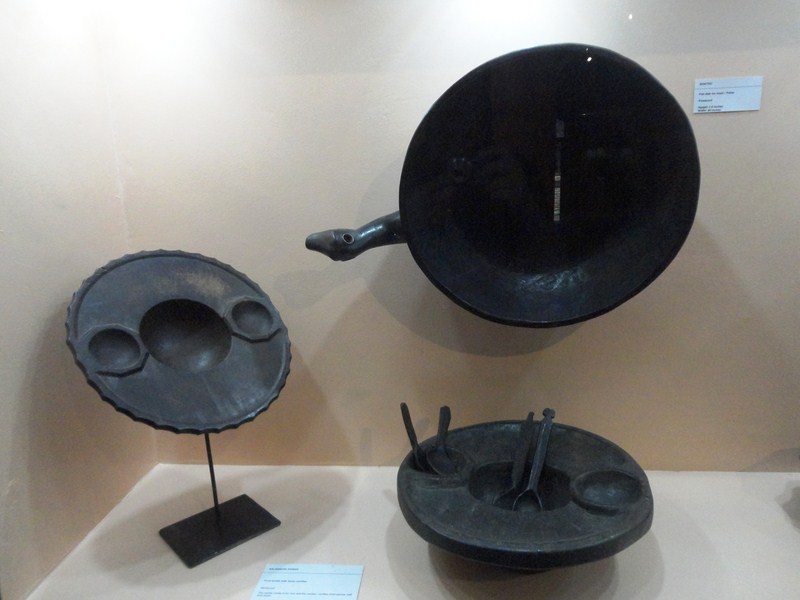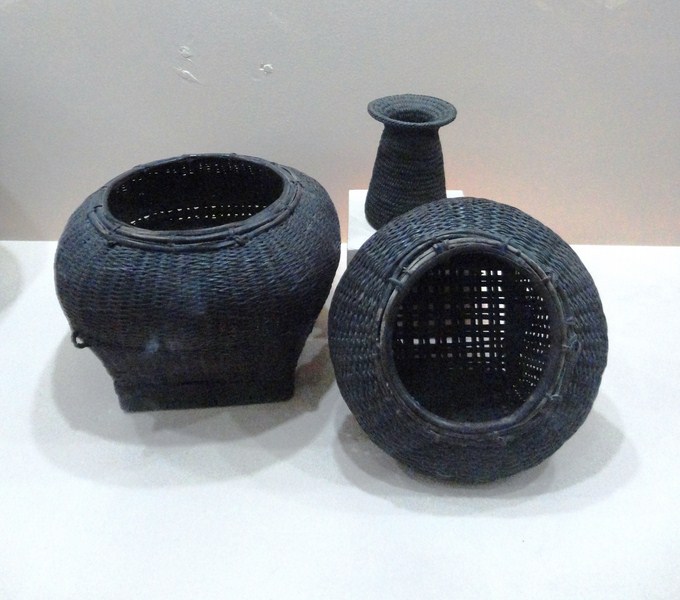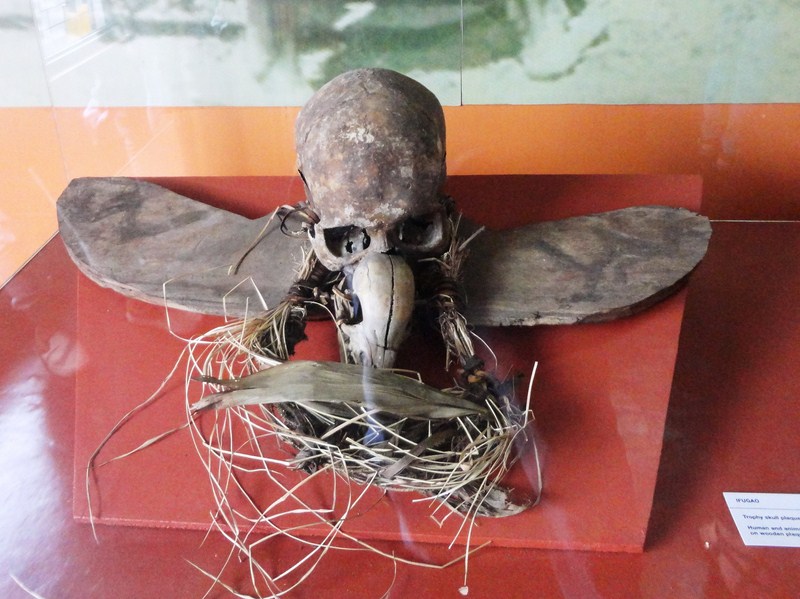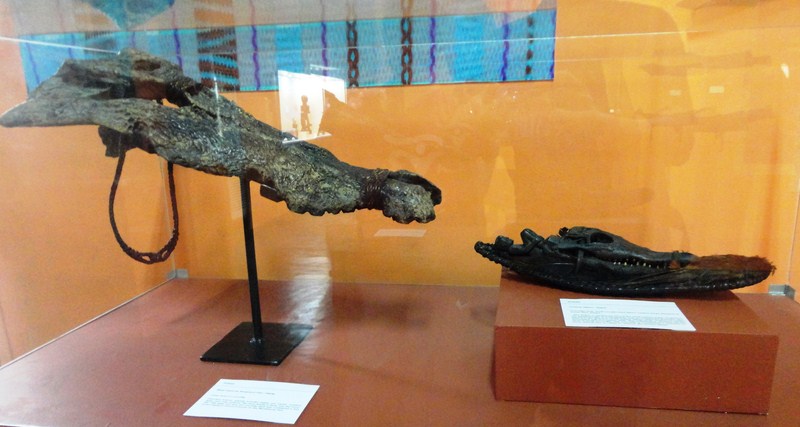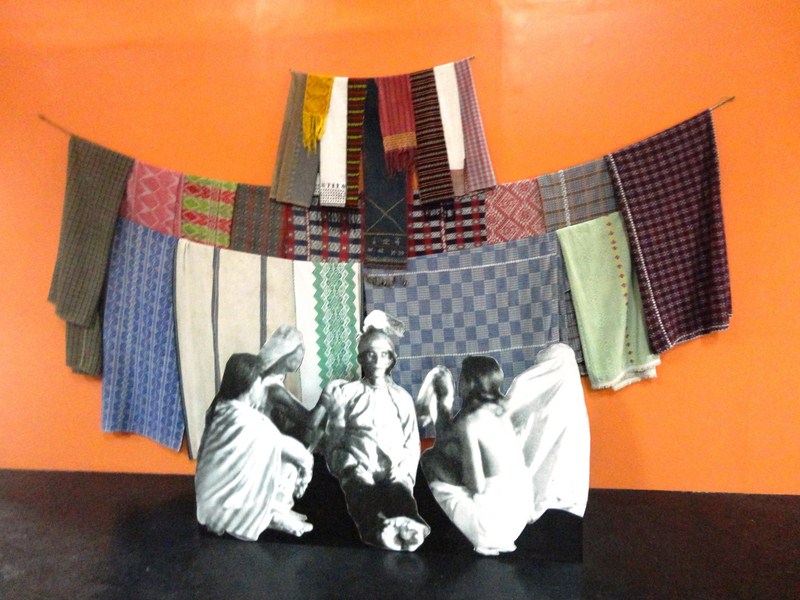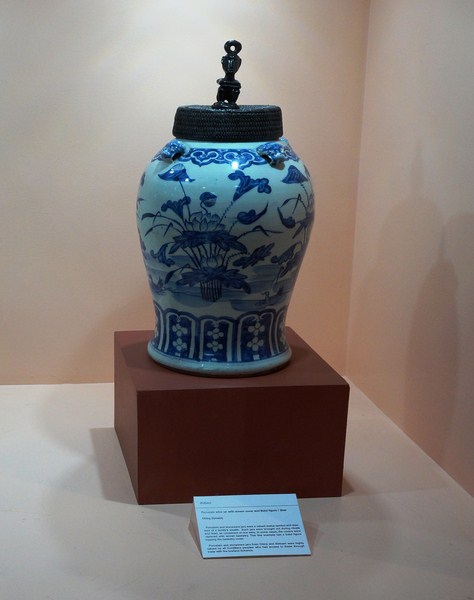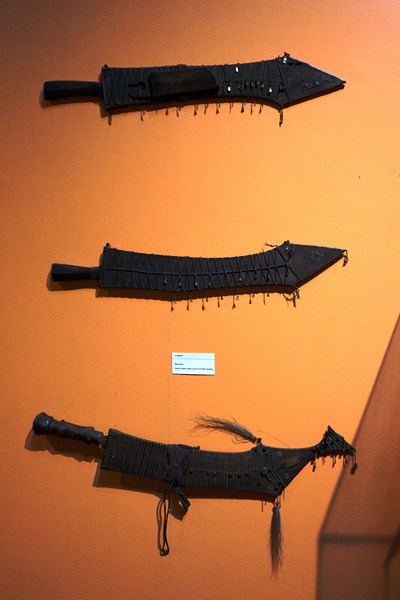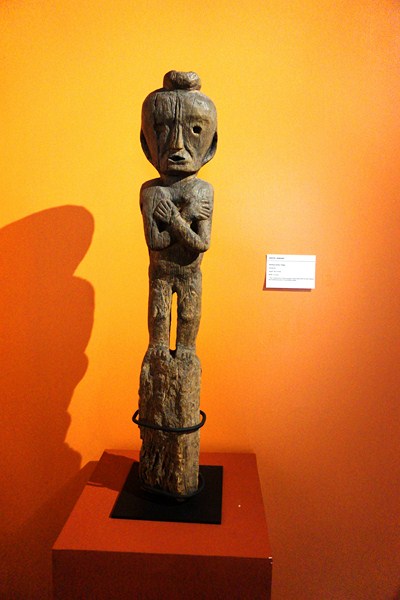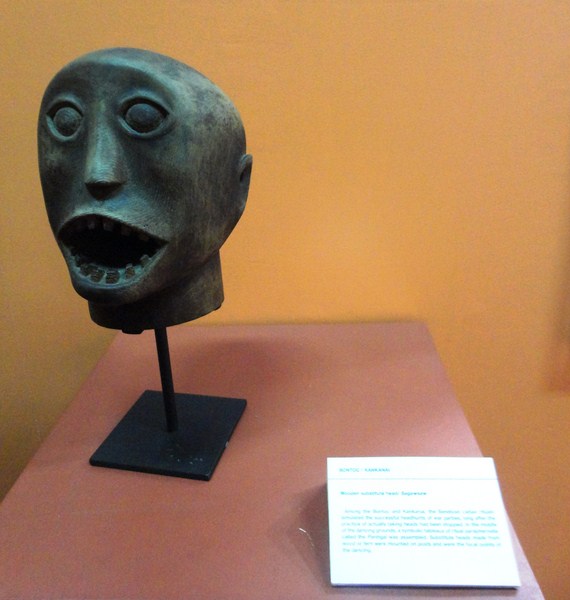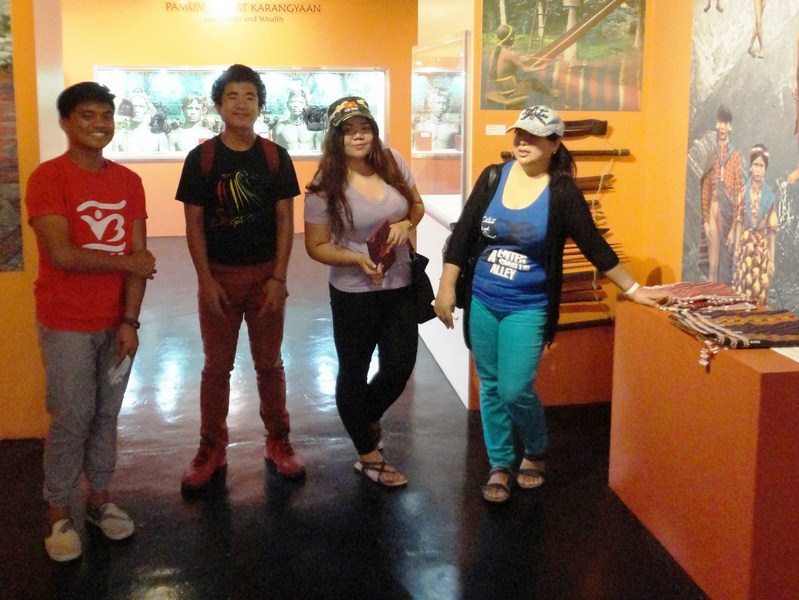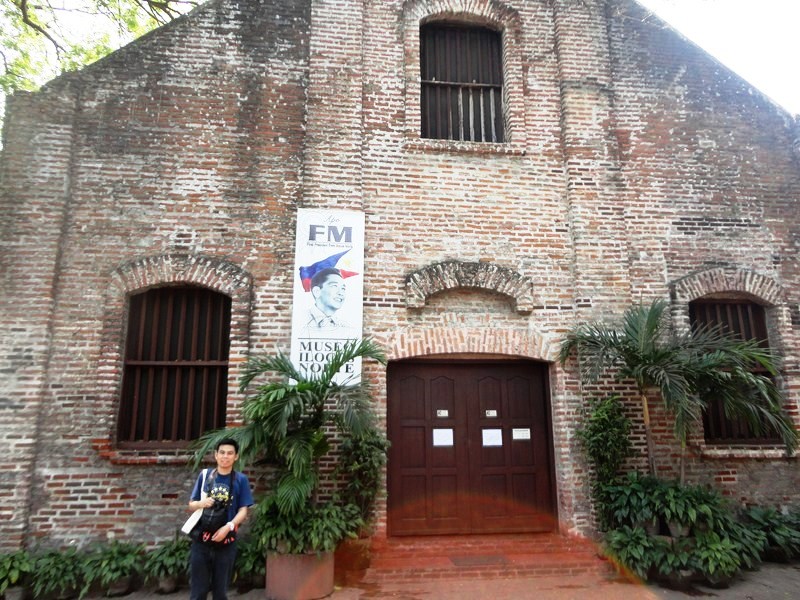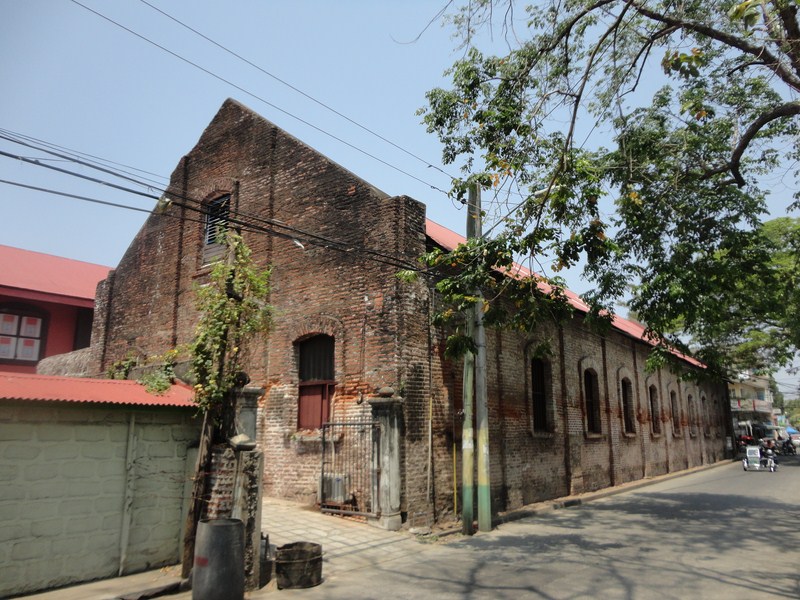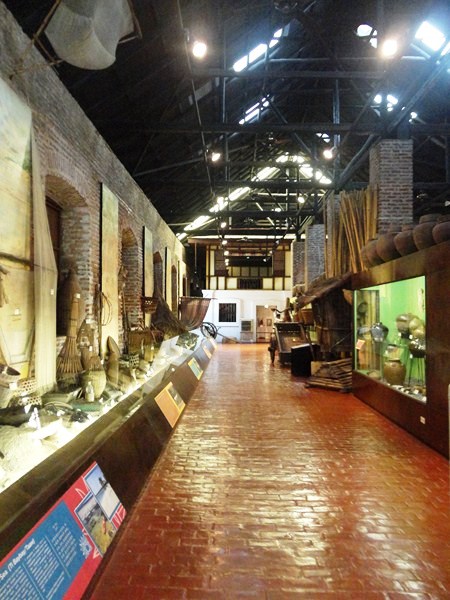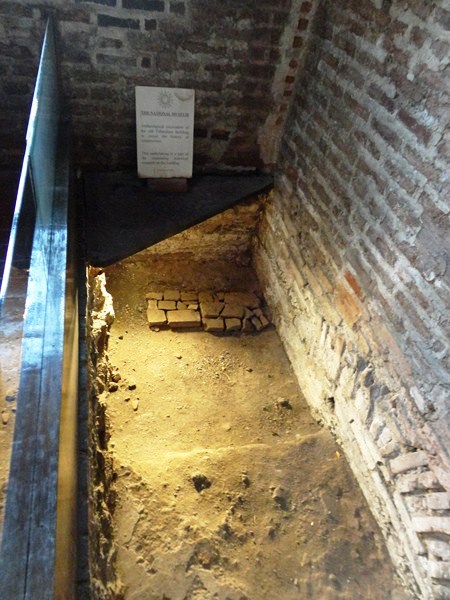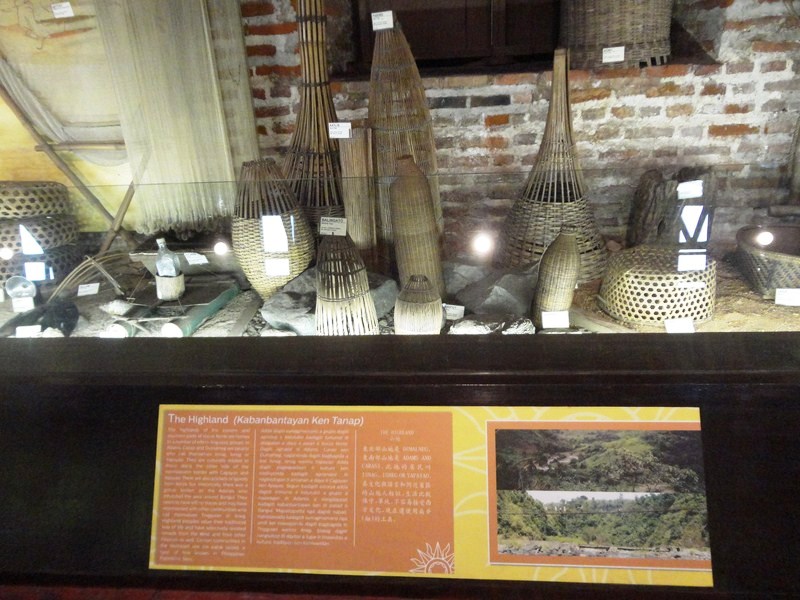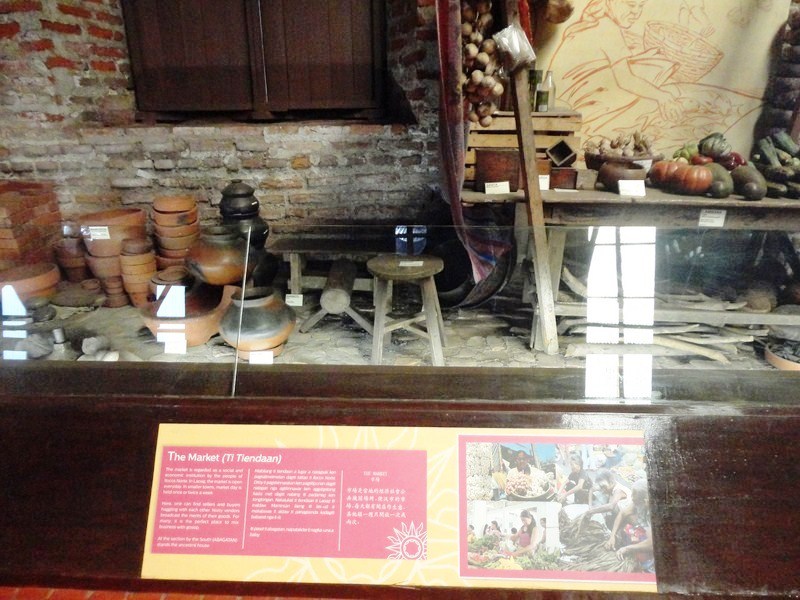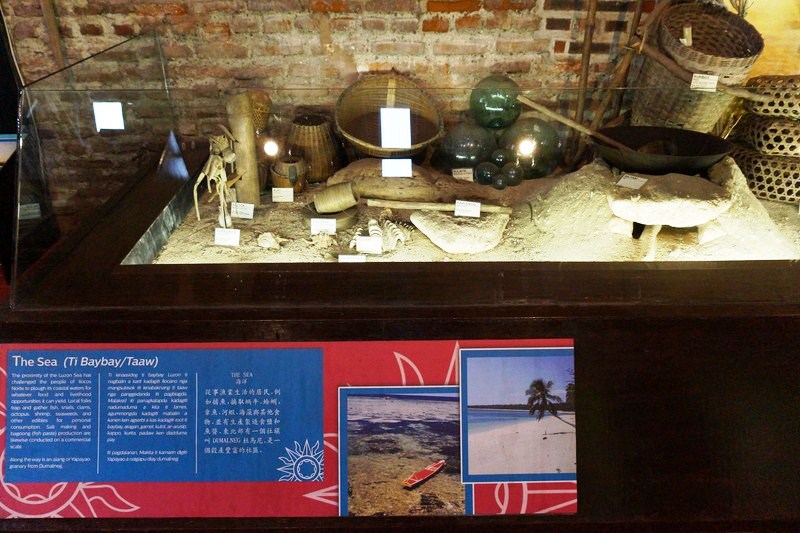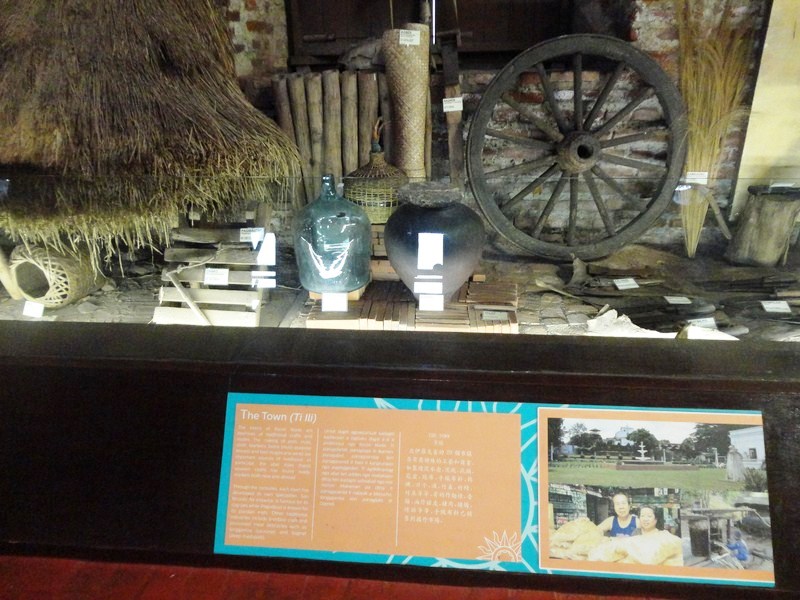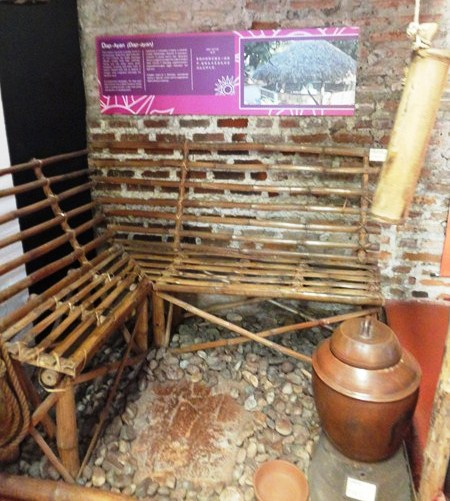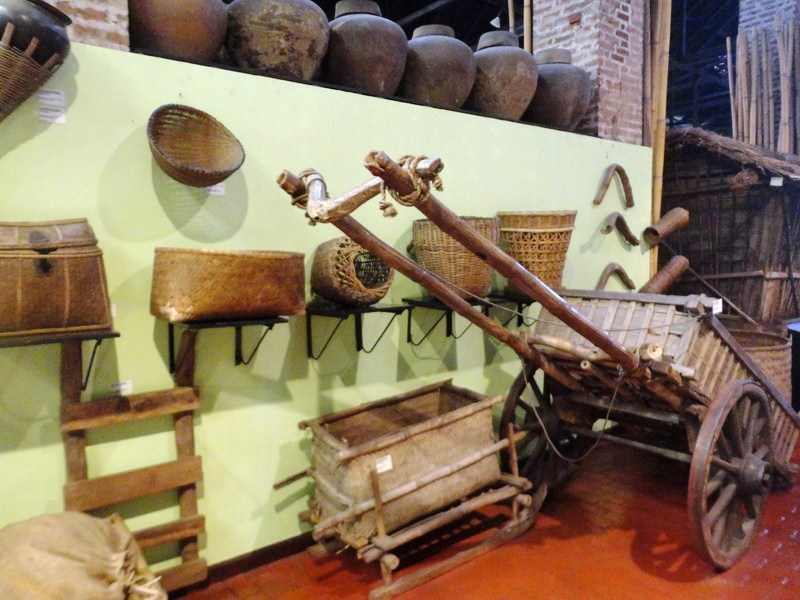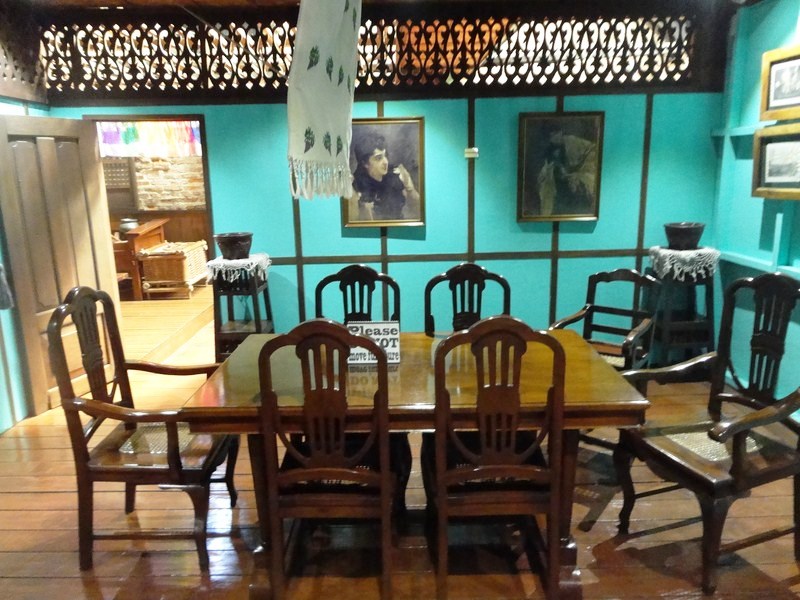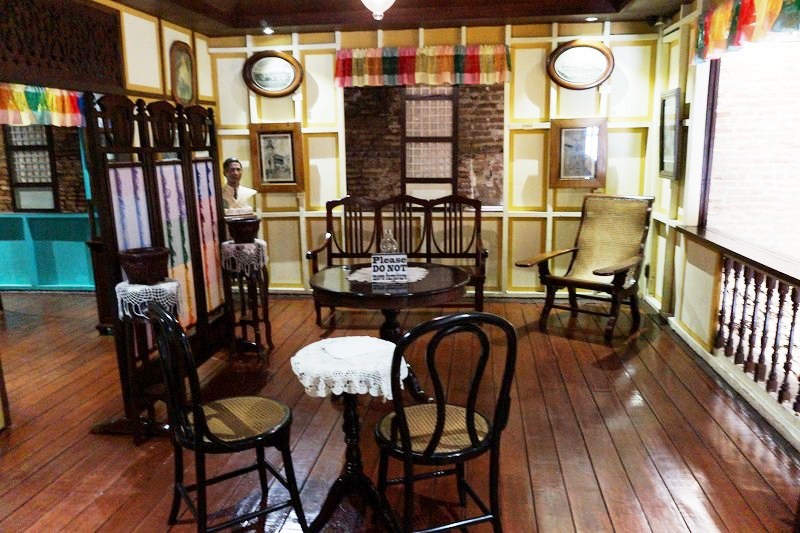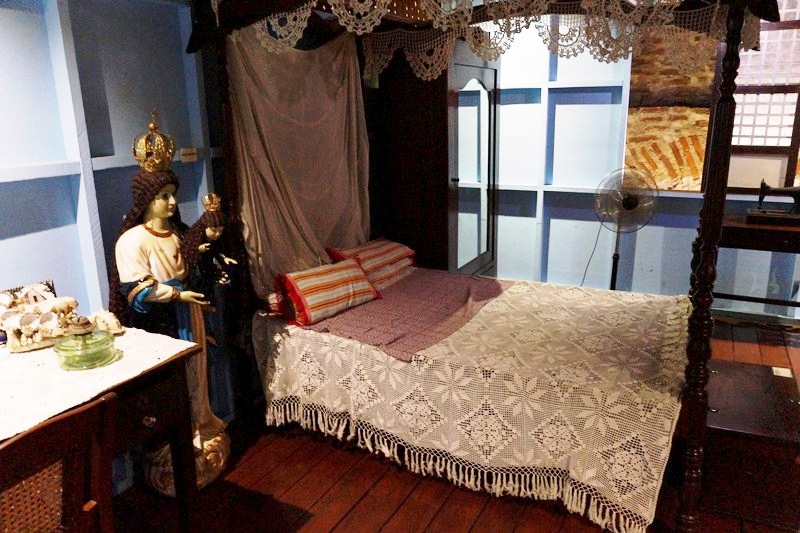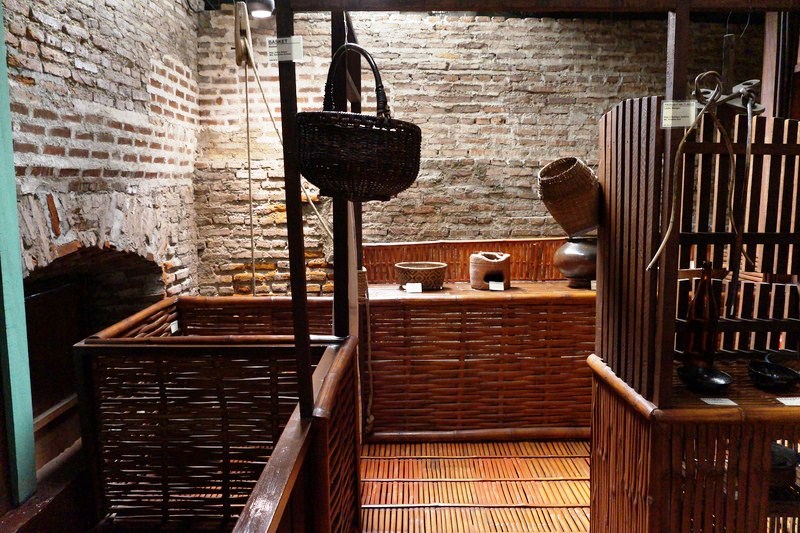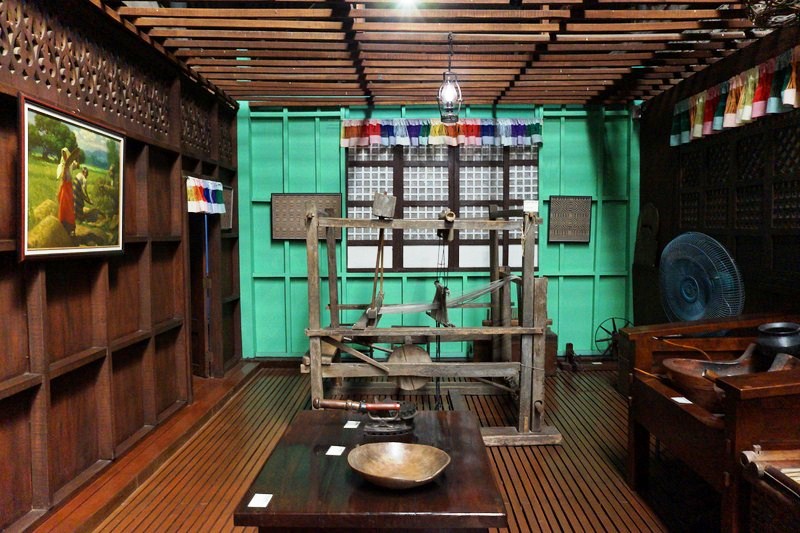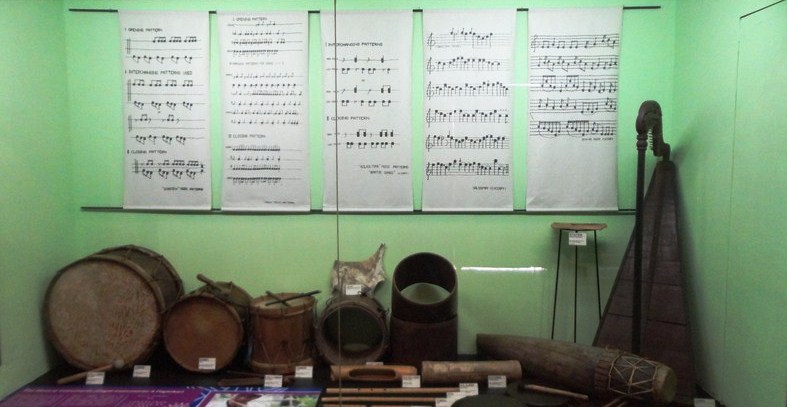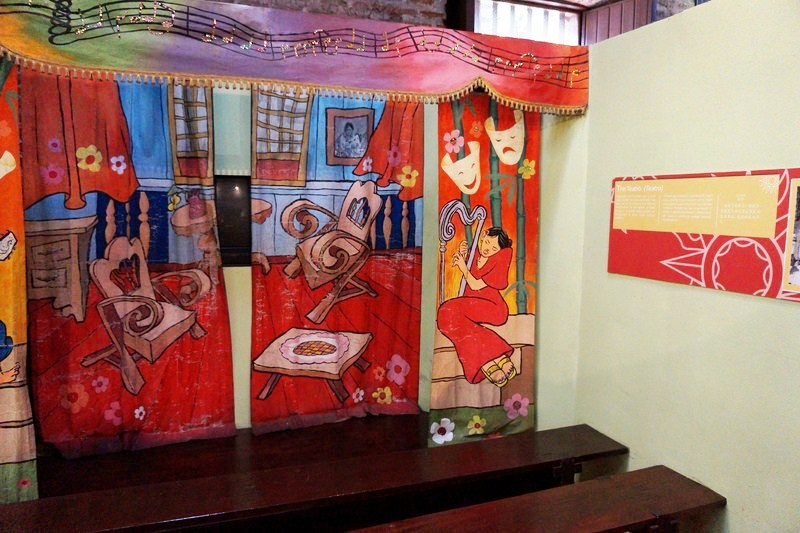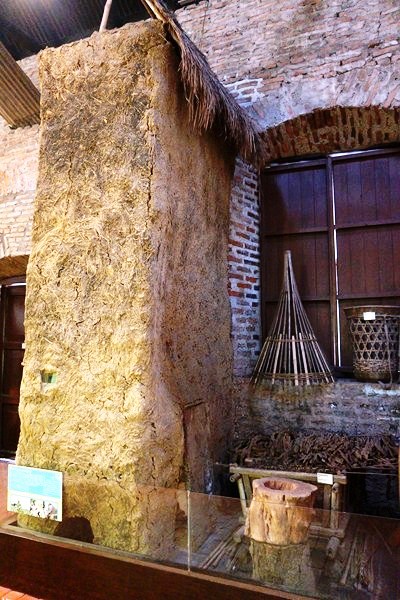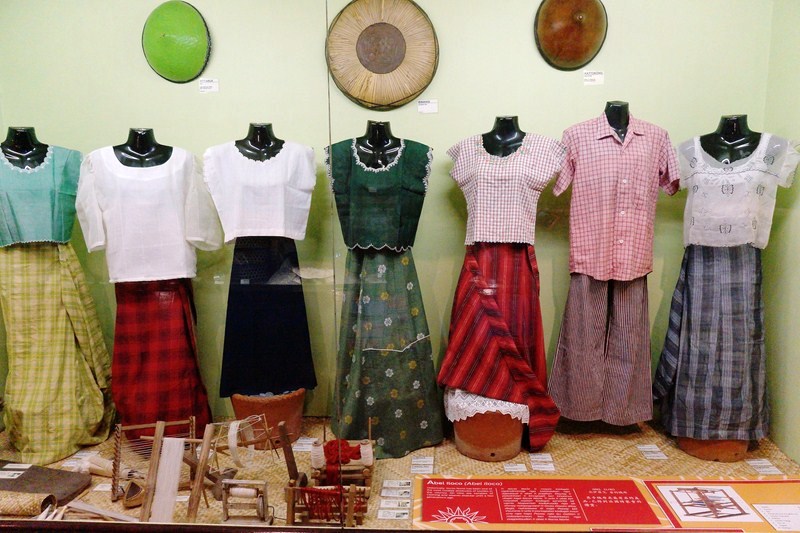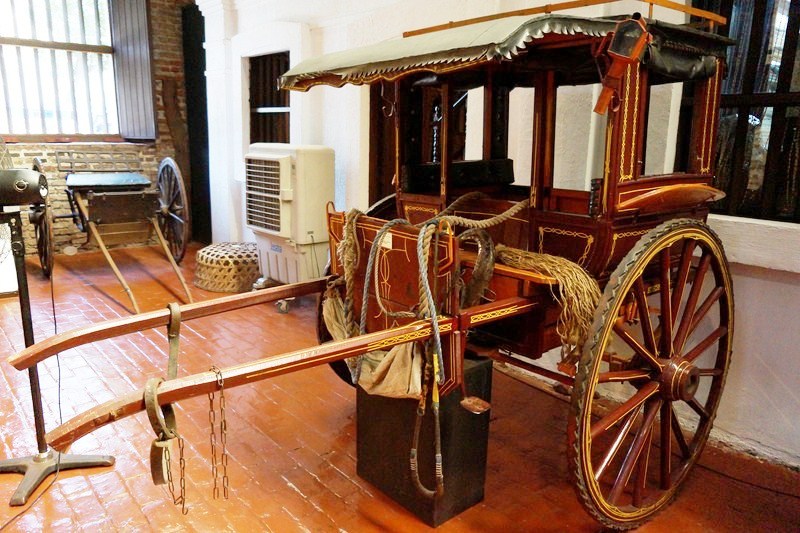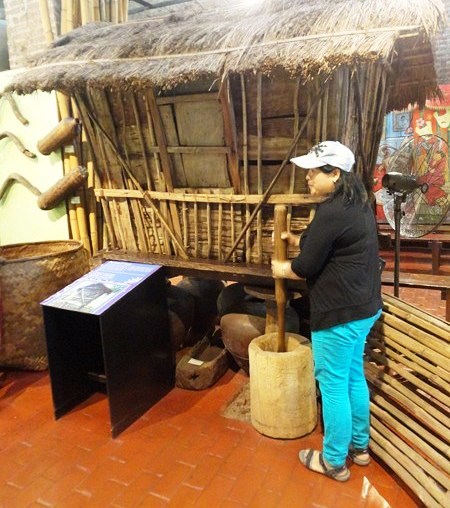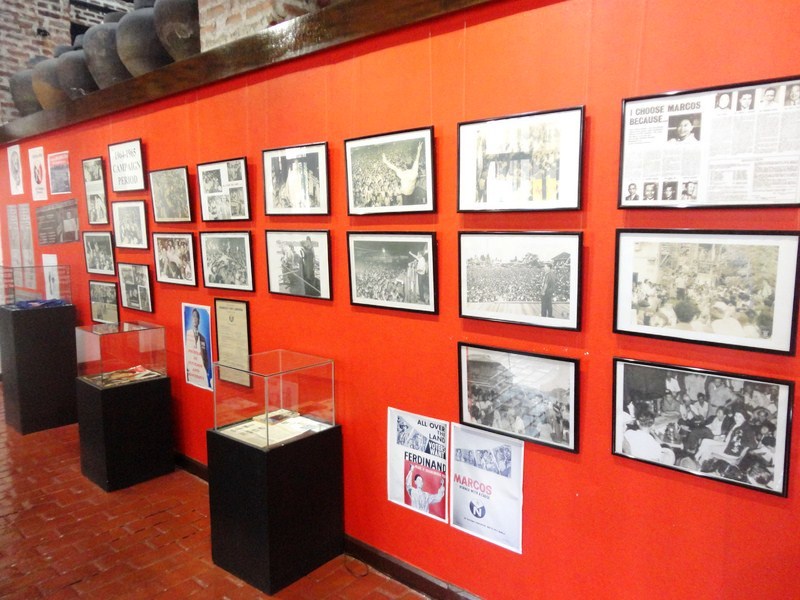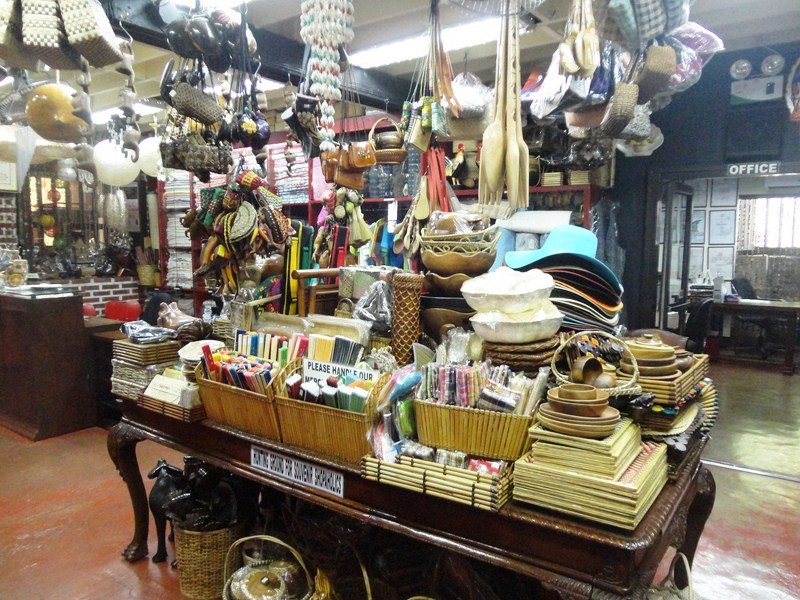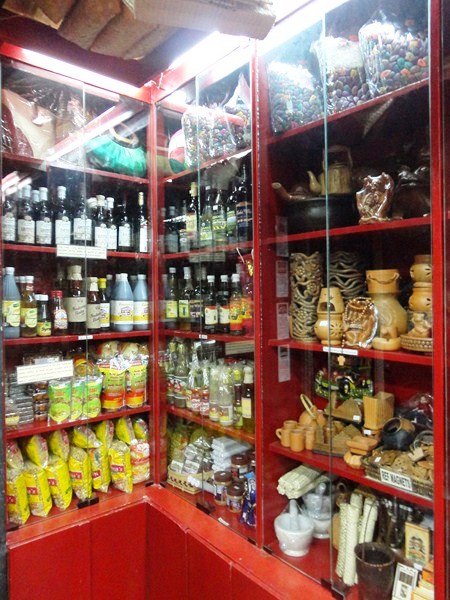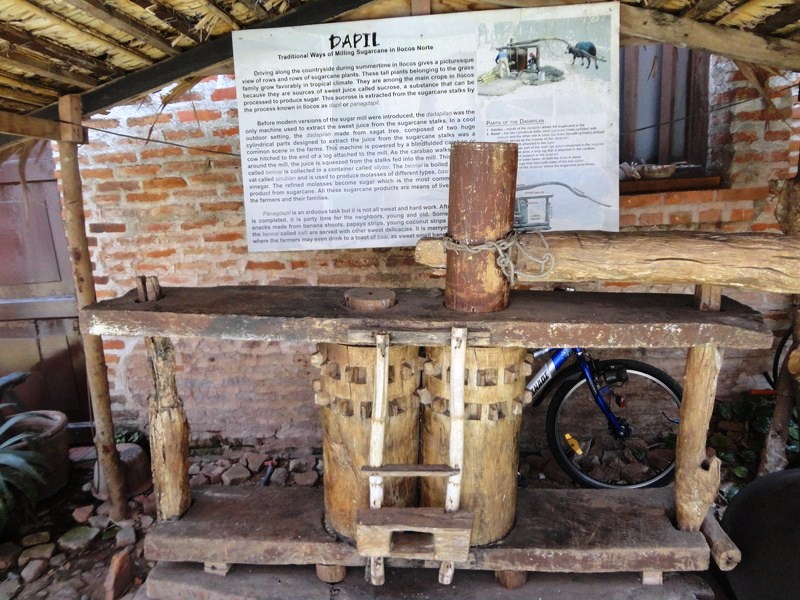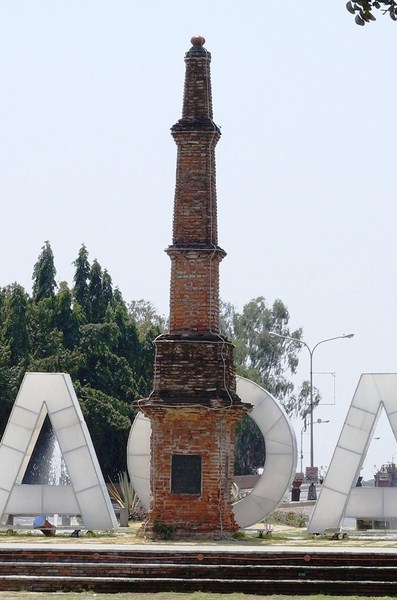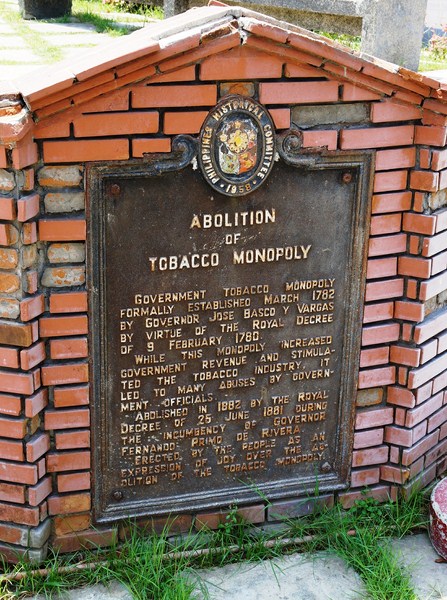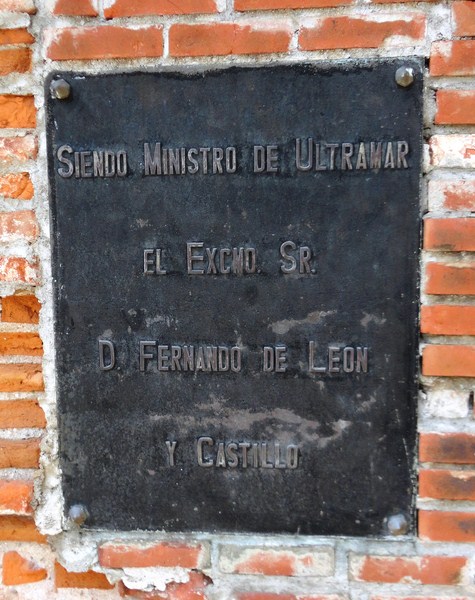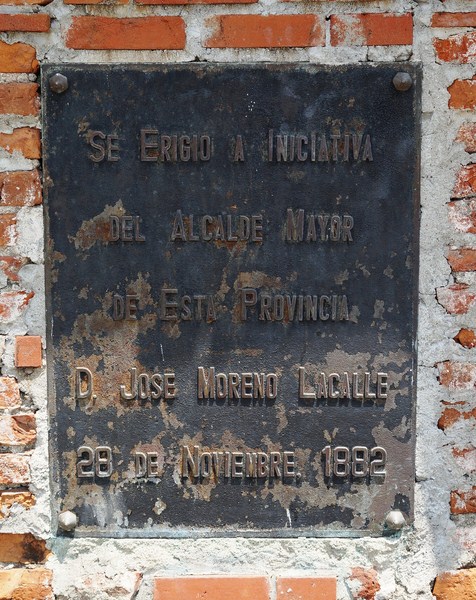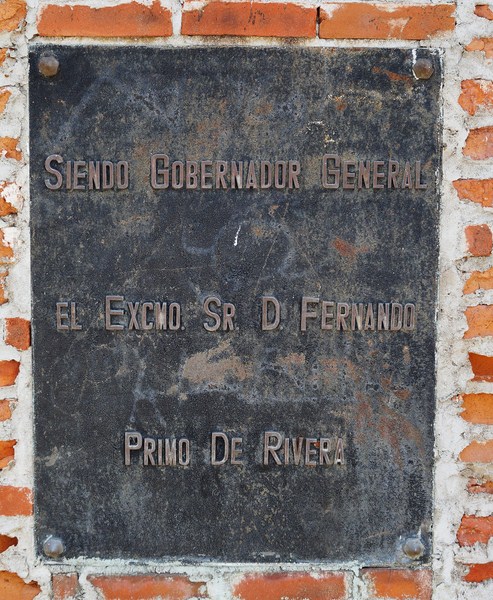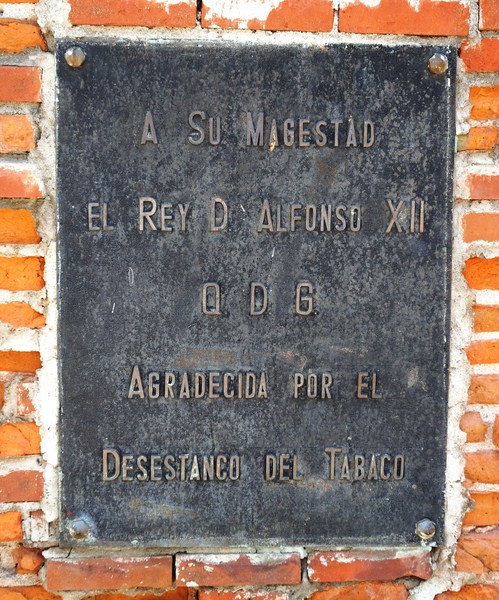Inaugurated last November 17, 2015, the Taoid Museum is located a stone’s throw away from the Laoag Provincial Capitol. The museum showcases a Pre-Colonial side of Ilocandia and the province’s Cordilleran roots.
A tribute to the indigenous people in the municipalities of Nueva Era, Dumalneg, Carasi and Adams, it focuses on the ancient trade relations that Ilocanos had with the different tribes from the Cordilleras, whose culture and belief systems share many similarities.
The two-story museum was inspired, conceptualized, put together and curated by Mr. Floy Quintos, a nationally renowned director and screenwriter, and designed by Ohm David, resident technical director of Dulaang Unibersidad ng Pilipinas.
It is divided into seven sections – “In the Home in the Village,” “In the Fields,” “Symbols of the Masculine and the Feminine,” “Leadership and Wealth,” “Warfare, Headhunting and Vengeance,” “One with the Ancestors in Healing and in Death” and “A Continuance.”
The glassed-in displays of authentic Ifugao ethnographic and historical items are on loan, many of which are from avid collectors like Gov. Imee Marcos. Visitors can also touch and inspect some artifacts, a feature that parents with inquisitive school-aged kids will appreciate.
Among the items on display are a tudoh, an Ifugao cursing object used only by accomplished shamans. Considered one of the most potent of vengeance rite paraphernalia, it uses a crocodile skull, a small wooden bulul figure and hawk’s wings lashed to a woven fiber plaque.
There’s also a life-size reproduction of “The Wake of Malakai,” a leader of the Tingguian tribe. Above the figures is a display of blankets, wrap-around skirts and loincloths that indicate the great wealth of the deceased. It also wards off evil spirits that would have to count each thread of the textiles displayed before they could harm the deceased or his family.
Also on display are baskets, weapons (spears, shields, Kalinga and Bontoc head axes, Ilongot machetes, etc.), bululs (rice gods), wine jars, padao (territory markers), a balog (trophy carabao skull), a hinagit (trophy skull plaque), a granary door and a hagabi (prestige lounging bench).
Walking through the museum, visitors get to form a fuller, more vibrant image of the connection shared between these geographical neighbors—one that exists up to this day.
Taoid Museum: Tabacalera Lifestyle Center, Gen. Luna cor. Llanes Sts., 2900 Laoag City, Ilocos Norte. Admission: PhP40 for adults and PhP30 for children aged 7-12 years old. Open daily, 8 AM – 5 PM.

